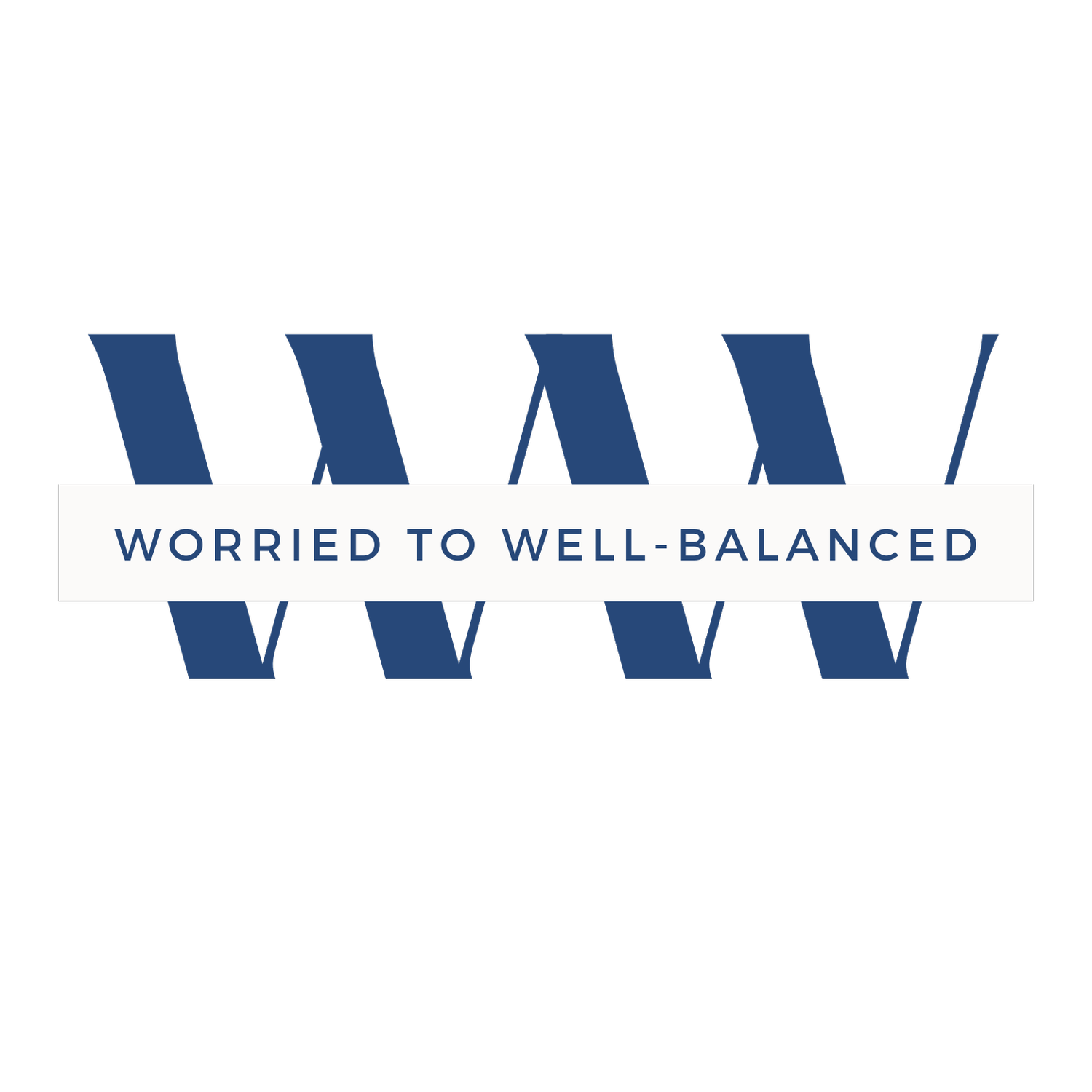Navigating Spring Anxiety: Why You Might Feel Off—and What You Can Do About It
Spring is often associated with new beginnings, longer days, and a renewed sense of energy. But for many, the change in season can trigger unexpected emotional shifts—especially anxiety. You're not alone if you’ve found yourself feeling more restless, overwhelmed, or emotionally drained during the spring months. Let’s talk about why spring anxiety happens and what you can do to manage it in a calm, grounded way.
Why Does Anxiety Increase in Spring?
1. Disrupted Routines and Sleep Patterns
With longer daylight hours and a shift in natural rhythms, your sleep and wake cycles can easily be thrown off. The time change, increased sunlight exposure, and new daily demands can all impact your circadian rhythm—and when that rhythm is disrupted, anxiety tends to rise. Your body thrives on consistency, and spring often brings the opposite.
2. Sensory Overload
Spring can be a sensory shock. After winter's quiet and stillness, everything is suddenly louder, brighter, and more active. The noise of lawn mowers, crowded outdoor spaces, blooming colors, and fluctuating temperatures can overwhelm your nervous system, especially if you’re already feeling overstimulated or emotionally tired.
3. Social Pressures and Comparisons
There’s often an unspoken pressure in spring to "get it together"—to feel energized, social, productive, and even fit. Social media tends to reflect this surge in activity, which can lead to comparison fatigue. If you're struggling with your energy, motivation, or body image, spring can feel like an emotional spotlight shining on your perceived shortcomings.
4. Not Processed Winter Emotions
Spring may signal growth on the surface, but emotionally, many of us are still carrying unprocessed stress from the winter. Just because the weather has warmed up doesn’t mean your nervous system has caught up. Spring often reveals what we’ve been holding in—especially if we haven’t had space to slow down and reflect.
5 Therapist-Recommended Strategies to Navigate Spring Anxiety
The good news? There are simple, effective ways to support yourself through seasonal transitions. Here are five therapist-backed strategies you can try right now:
1. Reestablish Daily Anchors
Rather than trying to overhaul your routine overnight, focus on reestablishing a few daily anchors. These are consistent habits or rituals—like waking up simultaneously, having a screen-free morning routine, or going for a short walk after dinner—that help create a sense of rhythm and stability. Your nervous system loves predictability.
2. Use Sensory Grounding Tools
If you’re feeling overstimulated, try sensory grounding. This could involve holding an ice cube for a few seconds, taking a warm shower, walking barefoot in grass, or lighting a calming candle. Choose one sense to focus on, and let that become your anchor in the moment.
3. Take Intentional Social Media Breaks
If your anxiety spikes after scrolling, that’s valuable data. Try scheduling a daily time block to completely off social media—even 30 minutes can make a difference. Use that time to do something that restores you: journaling, stretching, or even just staring out the window.
4. Permit Yourself to Ease Into the Season
Just because the world feels speeding up doesn’t mean you have to. It’s okay to move more slowly. It’s OK not to feel motivated. Honor where you are emotionally—even if it doesn’t match the season. Permission is powerful.
5. Get Support and Stay Curious
Sometimes anxiety is a whisper from your body saying, "Hey, something needs your attention." You don’t have to figure it all out on your own. Talk to a therapist, journal regularly, or check in with a trusted friend. Ask yourself: What is my anxiety trying to tell me—and how can I respond with compassion instead of shame?
Spring isn’t always light and breezy—and that’s okay. You can experience it differently than what’s shown on social media or expected by others. What matters most is staying connected to yourself, listening to your needs, and taking supportive, not performative, steps.
At Worried to Well-Balanced, we believe that transitions are sacred spaces—and with the right tools, you can move through them with more calm, clarity, and care. If you’re looking for simple, therapist-designed resources to support your emotional well-being this spring, check out our collection in the Etsy shop. Whether it’s a mindfulness journal, a breathing guide, or our Summer Glow-Up Kit, we’re here to walk with you. You don’t have to bloom on the spot. You have to stay rooted in what nourishes you.

